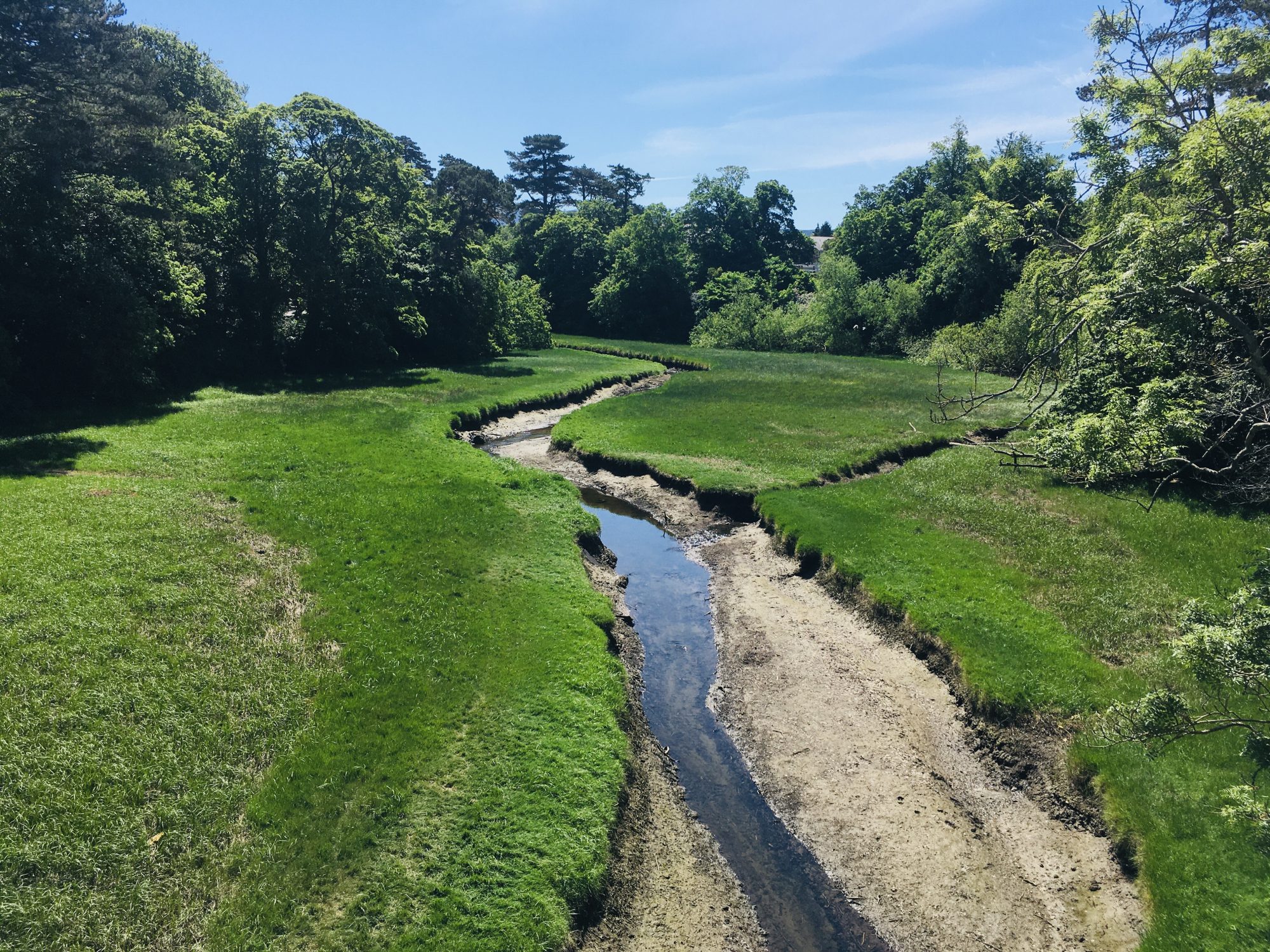Dŵr Uisce's story
The project I'm working on is part of the Dŵr Uisce project between Bangor University and Trinity College Dublin, funded by the European Regional Development Fund through the Ireland Wales Cooperation programme. My work is focused on assessing how future climate change will alter precipitation patterns and what impact these changes in rainfall will have on stream flows, analysing the potential implications for the generation capacity of hydropower schemes. Hydropower plays a small but important role in the UK renewable energy generation network, therefore, understanding how future generation capacity may be affected is important when it comes to energy provision planning.
With any run-of-river hydropower schemes, which require a certain amount of water in order to operate, any changes in low flows will affect their operation. Any potential offset by increasing high flows at other times of the year are likely to be ineffective at balancing out the generation losses and gains, because schemes have a maximum abstraction volume, meaning they can't fully take advantage of very large flows when they occur. Furthermore, changes in streamflow are likely to bring about changes to water quality, with alterations in the sediment load carried in streams having an impact on hydropower infrastructure.
We're taking a broad nationwide approach in our research, looking at the impact of future streamflow changes for the whole of the UK and Ireland. In total, we are modelling streamflow at 531 run-of-river hydropower schemes in 178 catchments across the UK and the Republic of Ireland, in order to assess how future climate change will impact on the national hydropower picture.
Results suggest regional variation in changes to future total annual abstraction potential, with this being partly driven by variations in license conditions and partly due to differing climate forcing across the region. However, in general, there is a reduction across the whole area in the number of days per year that abstraction for hydropower will be possible, with the exception of schemes in northwest Scotland and the Lake District.
It's not just hydropower that's reliant on surface water flows. Sectors such as industry and agriculture are also dependant on rivers and lakes for a variety of purposes. Therefore, understanding how the timing, quantity and quality of water in river systems across the region will change is vital, allowing action to be taken and ensuring that future demand doesn't outstrip supply. Our work also feeds into the energy efficiency and energy recovery work of the wider Dwr Uisce project by providing future scenarios of water supply and demand that may affect the technology platforms being developed. In addition to this, dissemination of results through our cluster and other outlets may help influence climate change adaption.
Useful learnings from Dŵr Uisce
When carrying out this kind of work, one of the main challenges we face is getting hold of the data on the hydropower schemes and stream flows. So, if a hydropower site operator wanted to undertake this kind of research on their site, they may need to gather their own streamflow data over a number of years, depending on the site location.
Expertise in this area is important, hydrological modelling can take many years to learn and I think it would be a challenge for anyone without this knowledge and experience to be able to carry out this work.
The good news is that there are some free resources and organisations you can work with for data sharing, for example, at Dwr Uisce we work closely with organisations like Natural Resources Wales, the Environment Agency, and the Scottish Environment Protection Agency.
Dŵr Uisce's metrics
Geographical Information System (GIS) and hydrological modelling techniques to measure the impacts of future climate change on catchments and water resources. We use this to project future stream flows to try to best prepare the hydropower schemes for changes that could occur with climate change.
All models have been calibrated and validated so that we can be confident the predictions are representative of the stream flows that will occur if the climate change that we're forecasting occurs.







